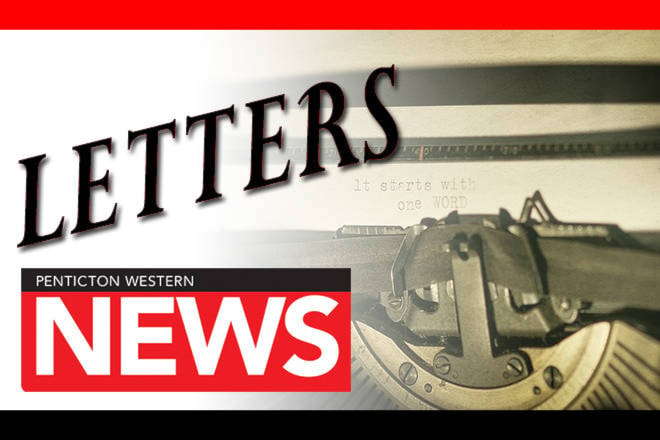The upcoming referendum on proportional representation gives B.C. citizens an opportunity to take a step forward in democracy.
Unfairness of the FPTP system has been on the minds of B.C. voters for some time. Of 17 elections held in B.C. since 1956, only in 15 did the governing party receive a proportion of the vote larger than combined opposition.
It was Liberals who began the referendum process in response to a NDP election victory in 1994, when the NDP gained power with only 39.5 per cent of the vote, while the Liberals received 41.9 per cent.
The other parties obtained 15 per cent of the vote, giving them three seats and leaving the NDP with a majority. In 2001 election the NDP was reduced to two MLAs (Liberals received 57.6 per cent of the popular vote; the NDP, 21.6 per cent; other parties, 20.4 per cent) hardly representative democracy. Now the Liberal party sees PR as a threat and opposes it.
It’s too bad the PR referendum has become a partisan issue. Worldwide, PR systems are more commonly used than FPTP.
Ninety-four countries use some form of PR. Wikipedia classifies PR into three basic and six mixed systems. B.C. voters will choose among three: the Mixed Member PR system used by seven countries, including New Zealand, Germany, Scotland and Wales.
The Rural-Urban Proportional is a mix of the Single Transferable Vote recommended by B.C. Citizens Assembly 2004 with MMPR. Ireland and Malta, four Australian territories and Scotland (for local elections) use STV. The system has been tweaked to better represent large rural B.C. constituencies (proposed by Canada’s former Chief Electoral Officer Jean-Pierre Kingsley).
In the dual system, voters elect two MLAs in each constituency. The primary candidate represents the constituency. The secondary seat is awarded depending on proportionality. It is similar to a system used in state and city elections in Germany and Switzerland.
FPTP tends to produce a two-party system with limited choice voters tend to vote strategically. Adverse results of the two-party system are apparent in unproductive political battles south of the border.
Yes, we can expect a new political dynamic with PR but it may not favour any present party. There may be more parties, but PR tends to produce centralist governments. In New Zealand, after eight elections, MMRP system has produced four right-of-centre and four left-of-centre governments.
Compromise is characteristic of PR. The result is more acceptable legislation that is not struck down by the next government.
While seeming more decisive, FPTP yields parliaments that lurch between passing legislation and revoking it hardly stable governance.
B.C. needs a change in electoral system. Vote PR.
Harvey Quamme
Penticton
